
Are E-Bikes Waterproof? Tips for Riding in the Rain
If you’re asking “are e-bikes waterproof?”, the short answer is no—most electric bikes are water-resistant, not fully waterproof. This means they can handle light rain, splashes, and damp roads, but prolonged exposure to heavy rain or submersion can damage sensitive components like the motor, battery, and display. Understanding your e-bike’s water protection level, often shown by its IP rating, is key to knowing how well it can withstand wet conditions. With the right precautions and gear, you can ride safely and keep your e-bike protected even when the weather turns rainy.
How Waterproof Are E-Bikes, Really?

Many riders ask if e-bikes can truly withstand rain and wet roads. The reality is that while most electric bikes are designed to resist water, they are not completely waterproof. Knowing this distinction helps you avoid costly mistakes when riding in unpredictable weather.
Water-Resistant vs. Fully Waterproof
E-bikes are generally water-resistant, meaning they can tolerate light showers, road spray, and small puddles. Manufacturers often seal the battery case, wiring, and motor with protective covers and rubber gaskets to minimize water entry. This makes short rides in drizzle or after rain manageable without serious risks.
However, waterproof means the bike could survive full submersion—something e-bikes are not built for. Riding through deep floods, leaving your bike in heavy storms, or cleaning it with high-pressure water can lead to serious damage. Think of your e-bike more like a rain jacket, not a wetsuit.
E-bikes can handle occasional wet rides, but they’re not invincible against water. Always check your model’s specifications and IP rating, since some offer better weather protection than others. When in doubt, limit your exposure to heavy rain and store your e-bike in a dry, sheltered place.
Understanding IP Ratings and What They Mean for Your E-Bike
If you’ve ever wondered “are e-bikes waterproof?”, one of the best ways to find out is by checking the IP rating. IP stands for Ingress Protection, a standard that shows how well your e-bike is shielded against dust and, more importantly, water. The rating is made up of two digits: the first covers dust resistance, while the second tells you the level of water protection.
Breaking Down Common IP Ratings
-
IPX4 – Resistant to water splashes from any direction, good for light rain.
-
IPX5 – Can handle low-pressure water jets, offering more protection in heavy rain.
-
IPX6 – Shields against strong water jets, suitable for tougher wet conditions.
-
IPX7 – Survives temporary immersion in water up to 1 meter, though rare for e-bikes.
Most e-bikes are rated between IPX4 and IPX6, meaning they are safe to ride in rain but not designed for full immersion or deep puddles.
Why It Matters
Understanding your e-bike’s IP rating helps you set realistic expectations. Even with a strong rating, water can gradually seep into sensitive parts over time, so it’s always smart to dry your e-bike after wet rides. When comparing models, a higher IP rating gives extra peace of mind if you plan to ride often in rainy weather.
E-Bike Components Most Vulnerable to Water Damage
While e-bikes are built with some level of water resistance, certain parts remain sensitive and need extra care in wet conditions. Identifying these vulnerable components helps you prevent costly repairs and extend your e-bike’s lifespan.
Battery and Electrical System
The battery is one of the most crucial yet fragile parts of your e-bike. Most lithium-ion batteries come in sealed cases, but they are still only water-resistant, not fully waterproof. If water seeps into the casing or connectors, it can cause short circuits or permanent damage. Always ensure the battery is securely locked in place, with rubber seals intact, before heading out in the rain. The controller and display are also at risk, as moisture can interfere with power management and corrode circuits. Protective covers or waterproof sleeves are great add-ons to reduce exposure.
Motor and Connection Points
E-bike motors are designed to tolerate splashes, but they are not immune to water damage. Entry points where cables connect to the motor or controller are common weak spots. If water penetrates these connections, it may lead to rust, malfunctions, or a drop in performance. Charging ports are particularly vulnerable—always keep them dry and covered when not in use.
Brakes and Display Screen
Braking systems with electronic sensors can malfunction if too much water gets inside, creating potential safety hazards. The display screen, often mounted on the handlebars, is another area at risk since tiny openings may let in moisture. Using a simple handlebar cover during heavy rain can help shield these sensitive parts.
Key Takeaway
While your e-bike can handle light rain, its electronics, motor, and connectors are never fully waterproof. Taking small preventive steps—like drying your bike after wet rides, using protective covers, and checking seals—goes a long way toward keeping your e-bike safe from water damage.
Is It Safe to Ride an E-Bike in the Rain?
Yes, you can ride your e-bike in the rain—but only if you take the right precautions. Most e-bikes are designed to be water-resistant, which means they can handle light showers and splashes, but they are not fully waterproof. Understanding these limits will keep both you and your bike safe on wet rides.
-
Tips for Riding Safely in Wet Conditions
Before setting out, check your e-bike’s IP rating to know how much water protection it offers. Quality models typically have sealed batteries and motors that resist moisture, but slippery roads are a bigger challenge. Slow down, brake earlier than usual, and avoid sharp turns since wet surfaces reduce traction. - Puddles deserve extra caution—while shallow ones may be harmless, deeper water can reach sensitive components like the motor or battery. Whenever possible, ride around standing water instead of through it. Adding fenders helps keep water from splashing onto you and your e-bike’s electronics, while waterproof clothing ensures you stay dry and comfortable.
-
When Rain Becomes Too Risky
Not all rain is safe to ride in. Heavy downpours or storms can overwhelm your e-bike’s water resistance and increase the chance of damage. Flooded roads, especially where water reaches your pedals, should always be avoided. If you get caught in a sudden storm, look for shelter until conditions improve, or ride slowly while steering clear of deep puddles.
After any wet ride, dry your e-bike thoroughly before charging it. Pay close attention to the battery connections, charging port, and display to prevent long-term electrical issues.
Best Practices to Protect Your E-Bike from Water
Keeping your e-bike safe from water is one of the best ways to extend its lifespan and maintain peak performance. With the right gear and habits, you can reduce the risk of water damage and ride with confidence, even when the skies turn gray.
-
Essential Accessories for Rainy Rides
Fenders are a must-have to stop water and mud from splashing onto your motor, battery, and clothes. Full-length mudguards work best for heavy rain and wet roads. Neoprene motor and battery covers are another smart investment—they fit snugly over sensitive components and provide an extra layer of protection against splashes. - Waterproof handlebar or display covers are also useful for shielding your controls. For riders who face frequent showers, a water-resistant bag with sealed zippers for the battery or controller adds even more defense. Some cyclists also apply water-repellent sprays made for electronics to enhance protection at connection points.
-
Steps to Take if Your E-Bike Gets Wet
If your e-bike gets soaked, the first step is to power it off immediately. Remove the battery if possible, then dry the bike thoroughly with a soft cloth. Focus on connectors, charging ports, and display areas where moisture tends to collect. Compressed air can help remove trapped water from hard-to-reach spots.
Avoid using high heat sources like hairdryers, as they can harm delicate electronics. Instead, let your e-bike air dry indoors for 24–48 hours. Once dry, inspect all connections for signs of corrosion and apply dielectric grease to contacts to help prevent future damage.
Protecting your e-bike from water isn’t difficult—it just requires preparation. With the right accessories and careful post-ride maintenance, you can keep your e-bike safe, reliable, and ready for your next adventure, rain or shine.
E-Bike Models That Perform Well in Wet Conditions
Not all e-bikes handle rainy weather equally well. If you often ride in damp or unpredictable conditions, it’s worth choosing a model with durable components, good water resistance, and reliable braking systems. One solid option is the M10 / EB3 All-Terrain, which is designed with features that make it more capable in wet environments compared to standard city e-bikes.
M10 / EB3 All-Terrain – Built for Versatility and Rainy Rides
This model stands out thanks to its rugged build and all-terrain design. With larger tires, reliable suspension, and a sturdy frame, it’s well-suited for riders who may encounter wet roads, puddles, or even light off-road trails after rain.

-
Motor: 500W (Rated 250W) for strong, consistent performance
-
Battery: 36V 10.4Ah (378Wh), giving enough power for longer rides
-
Range: 44–60 miles (70–100 km), even in mixed weather conditions
-
Top Speed: 22 mph (35 km/h) for quick commutes
-
Weight: 55 lbs (24.8 kg) – sturdy yet manageable
-
Load Capacity: 330 lbs (150 kg), ideal for heavier riders or carrying gear
-
Tires: 26×1.95" for better grip on wet pavement and light trails
-
Suspension: Front fork suspension to absorb shocks on slippery surfaces
-
Brakes: Mechanical disc brakes, offering solid stopping power in wet weather
-
Rider Height: Fits riders from 5’3”–6’5” (160–195 cm)
With its larger wheels, dependable braking, and high load capacity, the M10 / EB3 All-Terrain provides stability and confidence when riding in the rain. While no e-bike is fully waterproof, this model offers the durability and performance you’ll want if wet-weather commuting or weekend rides are part of your routine.
How to Maintain Your E-Bike After Riding in the Rain
Taking care of your e-bike after a rainy ride is just as important as protecting it while on the road. A few simple steps can prevent rust, corrosion, and electrical problems, helping your e-bike perform smoothly for years to come.
Post-Ride Maintenance Steps
Right after your ride, wipe down your e-bike with a clean, dry cloth. Focus on areas where water collects, such as the frame joints, display, and connectors. Always remove the battery before drying the bike, and store it separately in a cool, dry place. If you notice moisture near the charging port or motor housing, avoid powering on the bike until it’s completely dry.
Don’t forget the drivetrain—chains and gears pick up more grime when wet, so cleaning and lightly oiling them will reduce wear and protect against rust. Let your e-bike air dry indoors for several hours before storing it to ensure no hidden moisture remains.
Seasonal Maintenance for Rainy Weather
Before the wet season starts, apply a protective silicone spray or dielectric grease to electrical connections to keep out moisture. Inspect rubber seals around the battery and display at least twice a year; replace any that look cracked or worn. A quick coat of bike-specific wax on the frame can also create a water-repellent barrier.
For riders in consistently rainy areas, using neoprene battery covers or waterproof frame bags adds extra defense. These small accessories help shield sensitive components from repeated exposure to rain and road spray.
The Bottom Line
E-bikes aren’t fully waterproof, but with regular maintenance and protective care, you can safely enjoy rides in the rain without harming your investment. A little post-ride attention today can save you from costly repairs tomorrow.
iHoverboard Electric Bikes in Comparison
|
Spec |
||||
| Image |  |
 |
 |
 |
|
Motor |
500W |
350W (Peak 500W) |
500W (Rated 250W) |
500W (Rated 250W) |
|
Battery |
36V 7.8Ah (281Wh) |
36V 7.8Ah (281Wh) |
36V 10.4Ah (374Wh) |
36V 10.4Ah (378Wh) |
|
Range |
25–40 miles (40–65 km) |
22–28 miles (35–45 km) |
35–55 miles (55–90 km) |
44–60 miles (70–100 km) |
|
Top Speed |
20 mph (32 km/h) |
15.5 mph (25 km/h) |
20 mph (32 km/h) |
22 mph (35 km/h) |
|
Weight |
52 lbs (23.7 kg) |
45 lbs (20.5 kg) |
58 lbs (26.5 kg) |
55 lbs (24.8 kg) |
|
Load Capacity |
264 lbs (120 kg) |
265 lbs (120 kg) |
264 lbs (120 kg) |
330 lbs (150 kg) |
|
Tires |
14×1.95" |
16×2.1" |
16×2.15" |
26×1.95" |
|
Suspension |
Rear Suspension |
Front Suspension |
Front Suspension |
Front Fork Suspension |
|
Brakes |
Dual Disc (Hydraulic) |
Dual Disc |
Dual Disc |
Mechanical Disc |
|
Rider Height |
4’9”–6’1” (150–185 cm) |
5’1”–6’2” (155–188 cm) |
5’3”–6’3” (160–192 cm) |
5’3”–6’5” (160–195 cm) |
|
Notes |
Foldable, intelligent display, adaptive motor |
Step-thru, city-focused |
Foldable, low-step, 3+1 modes |
MTB style, Shimano 7-speed, LCD display |
Conclusion
So, are e-bikes waterproof? Not entirely—but most are designed to be water-resistant, meaning they can handle light rain and splashes as long as you ride responsibly and take care of them afterward. By understanding IP ratings, protecting vulnerable components, and following best practices for wet-weather riding, you can confidently enjoy your e-bike even when the weather isn’t perfect.
With the right accessories and regular maintenance, rain doesn’t have to stop you from commuting, exercising, or exploring on two wheels. Just remember: respect your e-bike’s limits, avoid deep water, and always dry and inspect your bike after every wet ride. Treat your e-bike well, and it will reward you with reliable performance rain or shine.





































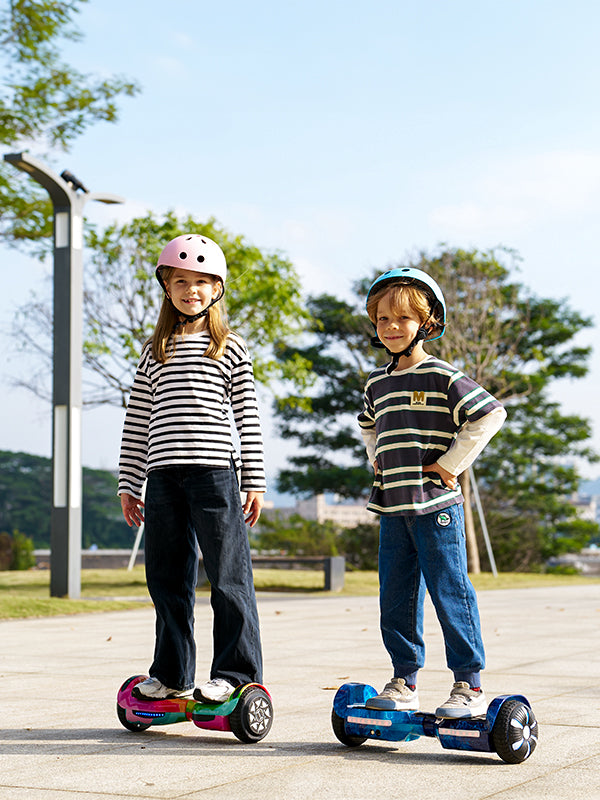




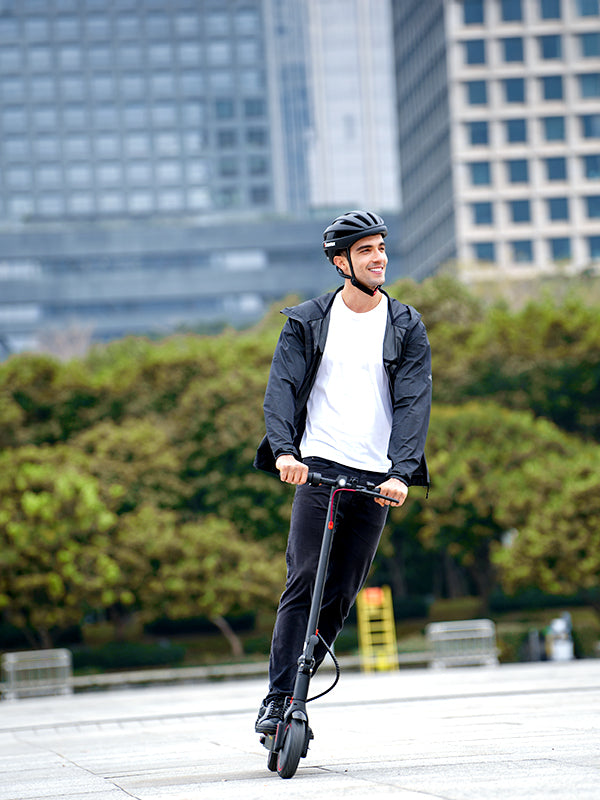


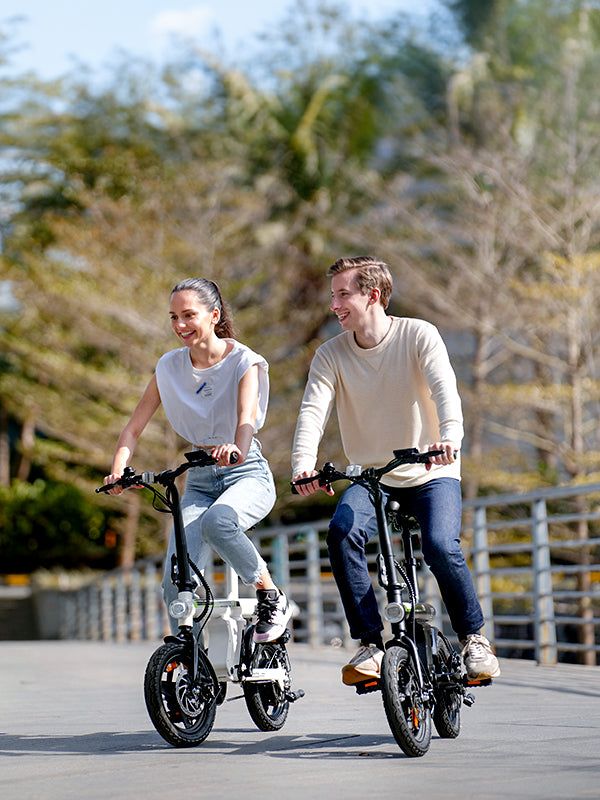

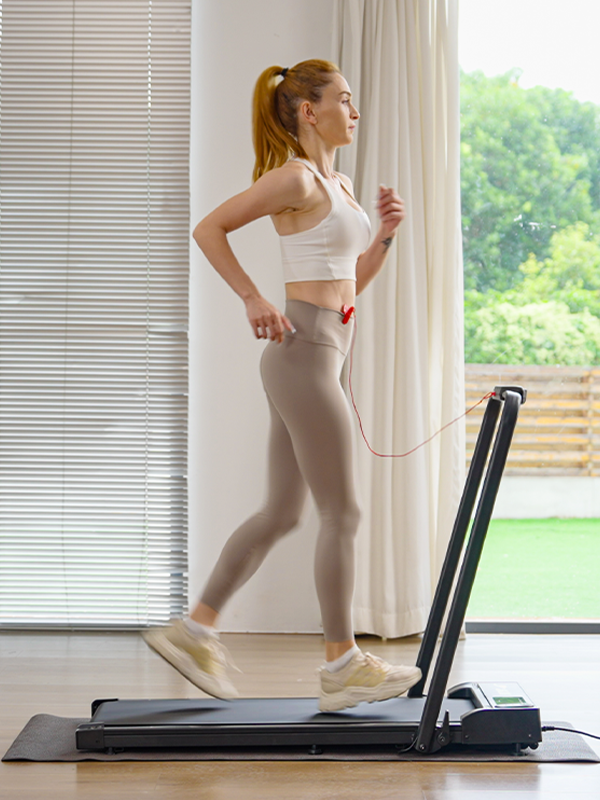





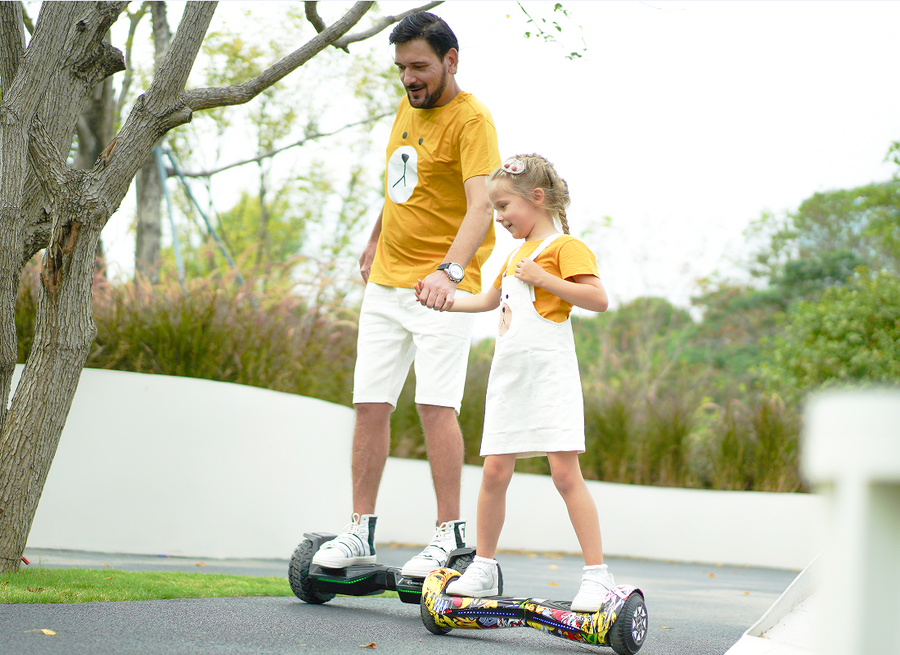
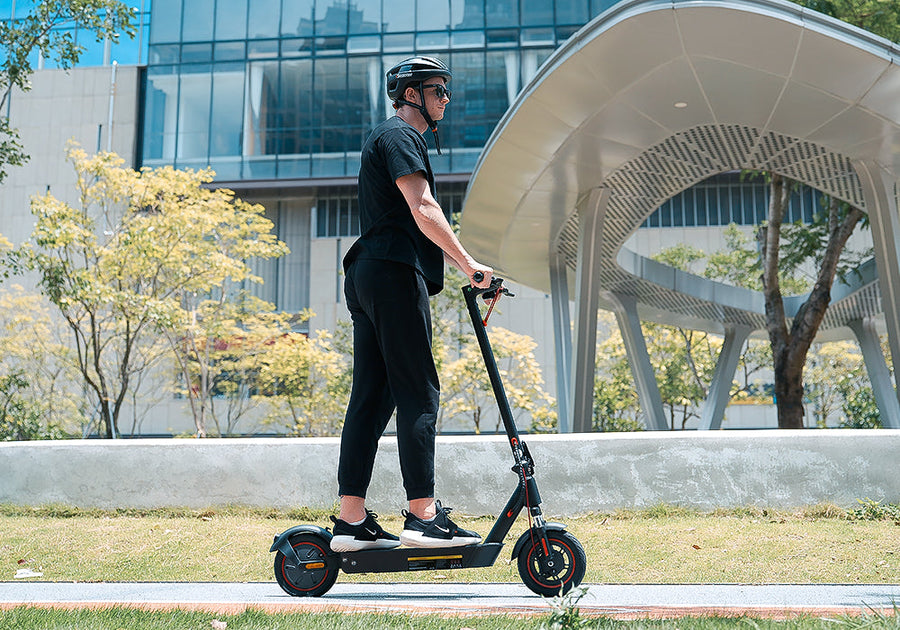
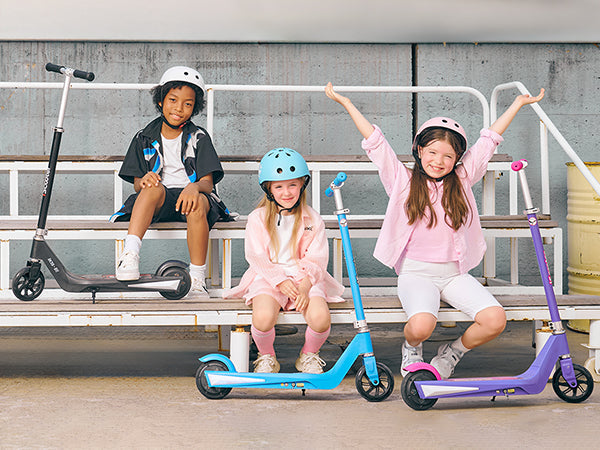
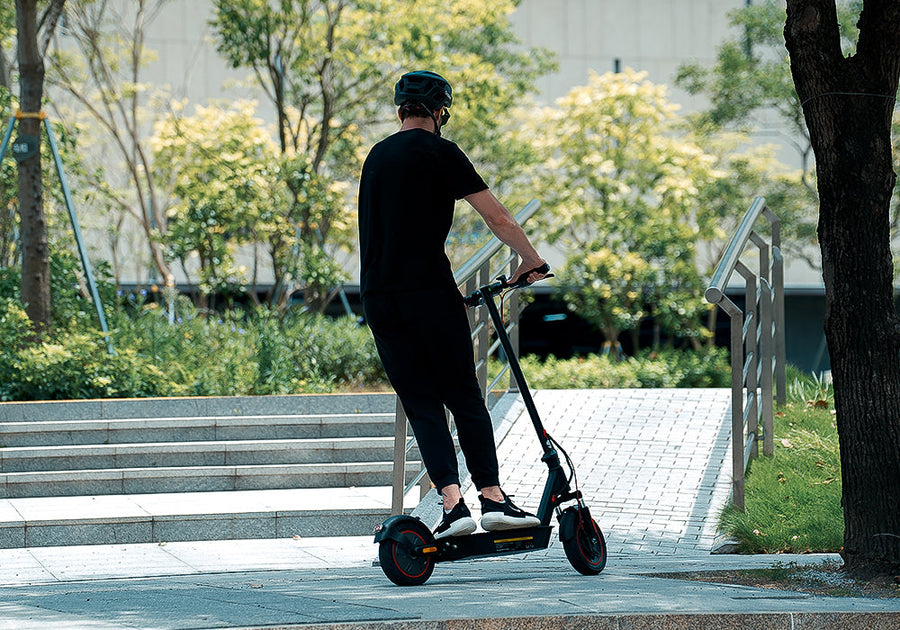


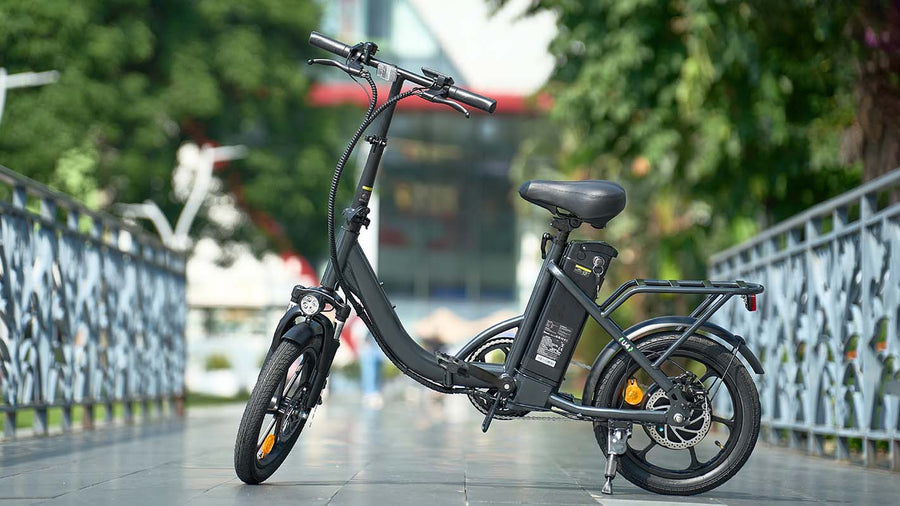
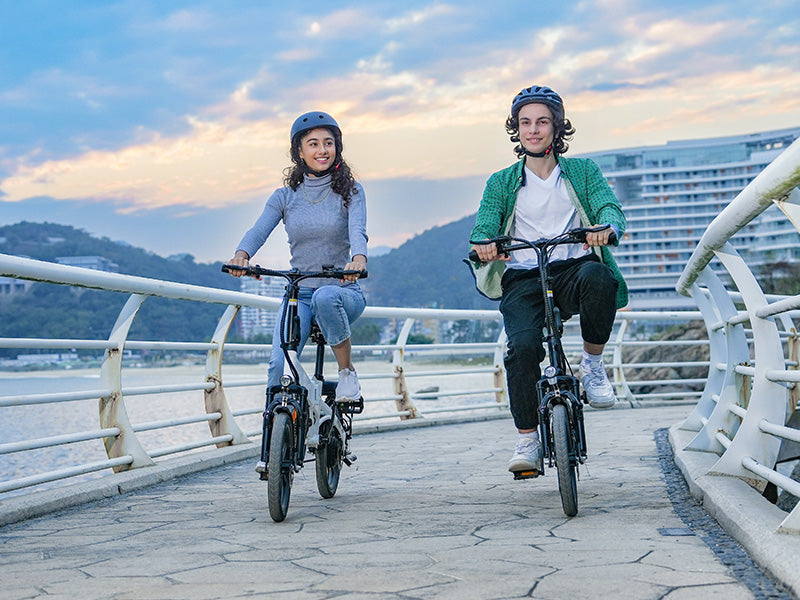
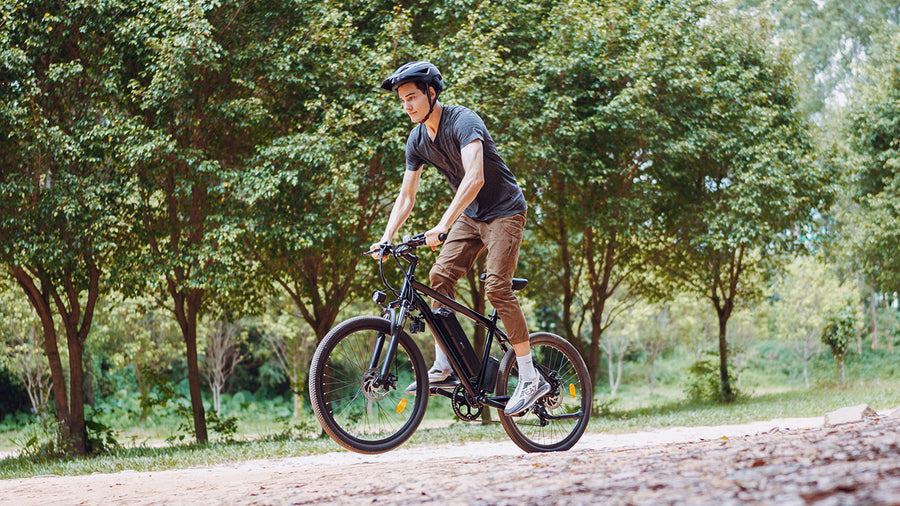







Still, need help? Contact Us: support@ihoverboard.com
What's the option? Check out the option now!
Leave us a message